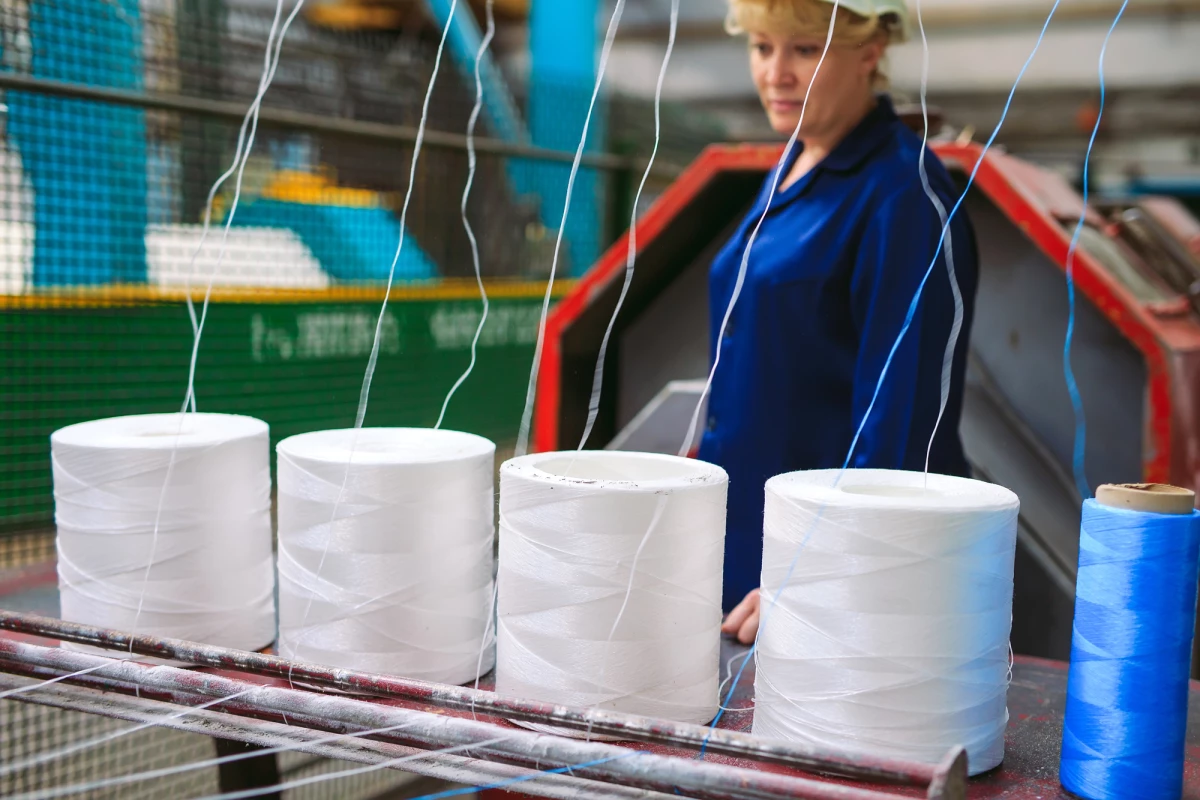Nylon can be found everywhere in modern life, from the clothes we wear to the seatbelts in our cars. The problem is that producing it can be a dirty business, but researchers say a new method can make nylon production significantly greener.
Ever since the 1930s when the term Nylon was used to describe fibers made from two polyamides, the material has steadily worked its way into our lives in a myriad of ways. It's light but strong, making it an ideal candidate for everything from engine components and machine parts to windbreakers, rope, and even artificial muscles. But nylon production simply isn't great for the environment.
That's because the chemical extraction process that leads to nylon begins with a waste product from oil refineries called phenol. This substance is subjected to high temperatures and high pressures from hydrogen gas to produce first cyclohexanol and then adipic acid, a chemical that makes up about 50% of nylon's structure. This energy-intensive procedure releases about 10% of the world's nitrous oxide, a greenhouse gas that has a 265 times greater impact on global warming than carbon dioxide.
Considering that global nylon production is expected to be propelled by the auto industry to 6.4% year-over-year growth according to one estimate, researchers at Leipzig University in Germany set out to find a way of making the material's production more eco-friendly.
First they focused on another way to get adipic acid from phenol. They succeeded, by introducing an electric current into the process to convert the phenol into cyclohexanol.
"The chemical transformation behind it is the same as in the established processes," said study co-author Falk Harnisch. "However, electrochemical synthesis replaces the hydrogen gas with electric energy which takes place in an aqueous solution and requires only ambient pressure and temperature."
To arrive at the next step, the researchers used a process confirmed in an earlier study in which a bacteria, Pseudomonas taiwanensis, converted the cyclohexanol into adipic acid.
Finally, to clean the process up even more, the researchers experimented with deriving phenol from lignin, a byproduct of the wood industry that's already been looked at as a plastic alternative, the basis for better drinking straws, and a greener material for 3D printing. Using their electrochemical process, they were successful in converting the lignin all the way to adipic acid. However, the team feels that the yield of 57% for a 22-hour process needs to be dramatically improved before it could be used as a replacement for phenol.
"Our goal is to make the entire nylon production chain environmentally friendly," said Farnish. "This is possible if we access bio-based waste as feedstock and make the synthesis process sustainable."
The study has been published in the journal, Green Chemistry.
Source: Leipzig University





